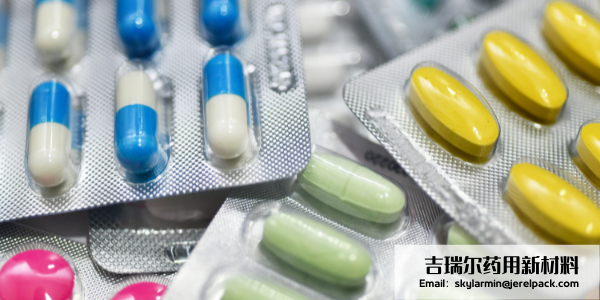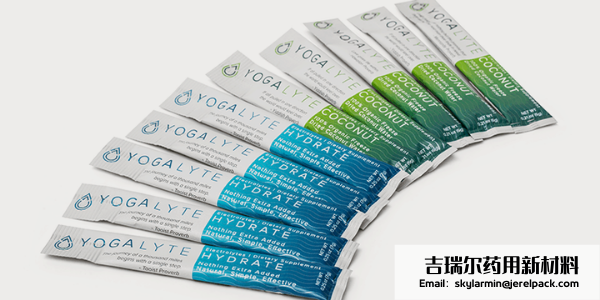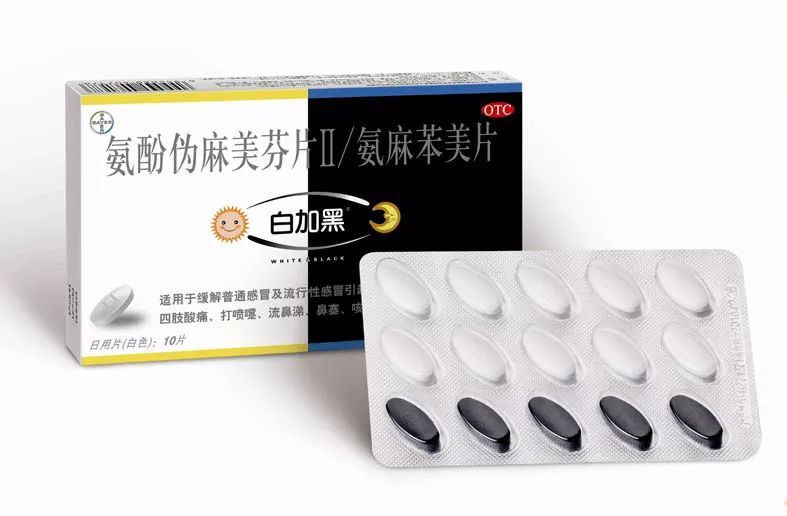8 Trends & Analysis of Packaging in Pharmaceutical Industry
- Categories:News
- Author:吉瑞尔
- Origin:http://www.jerelpack.com/
- Time of issue:2022-04-12
- Views:143
(Summary description)8 Trends & Analysis of Packaging in Pharmaceutical Industry:The use of blister packs continues to grow,Pay more attention to child-resistant packaging,Plastic bottles are in the highest demand,Is sachet packaging out of date?,Increased use of prefilled syringes,Shelf impact and environmental protection become more important,Packaging design with patients first,Packaging focuses on consumer engagement
8 Trends & Analysis of Packaging in Pharmaceutical Industry
(Summary description)8 Trends & Analysis of Packaging in Pharmaceutical Industry:The use of blister packs continues to grow,Pay more attention to child-resistant packaging,Plastic bottles are in the highest demand,Is sachet packaging out of date?,Increased use of prefilled syringes,Shelf impact and environmental protection become more important,Packaging design with patients first,Packaging focuses on consumer engagement
- Categories:News
- Author:吉瑞尔
- Origin:http://www.jerelpack.com/
- Time of issue:2022-04-12
- Views:143
8 Trends & Analysis of Packaging in Pharmaceutical Industry
I saw an article a few days ago that briefly explained 8 major trends in the global pharmaceutical packaging industry. I would like to share with you one by one according to our domestic and first-hand customer demand & export data in recent years.
1. The use of blister packs continues to grow
As a manufacturer of blister packaging materials, I have a lot to say on this point of view. The demand for blister packs, as a small branch of pharmaceutical packaging materials, has been confirmed to be increasing. Its sealing performance is good, and patients can more accurately control their daily dosage and cycle (some medicines are packaged according to a 7-day-a-week tablet). Each drug is individually packaged and will not contaminate each other, which is why it has become the second best-selling package in the world.

2. Pay more attention to child-resistant packaging
In fact, the demand for protective packaging for children is still very small, and it is common in some developed countries (the main inquiries about packaging materials we receive are from the United States, the United Kingdom, Australia and other countries). For children under the age of 14, acute poisoning by direct contact with medicinal products is not uncommon because of their inability to distinguish themselves. As a result, local pharmaceutical regulators put pressure on manufacturers (mostly pharmaceutical companies) to take measures to reduce children's accidental ingestion. Common child protection packaging such as opaque materials, paper-plastic packaging (not easy to be punctured), plastic packaging bags with zippers, etc.

3. Plastic bottles are in the highest demand
Another growing category of pharmaceutical packaging is plastic bottles. Not only the pharmaceutical industry, but also many health care product industries have a soft spot for plastic bottle packaging, among which the demand for environmentally friendly plastic bottles such as PET bottles has surged. Plastic bottle packaging is now the most popular pharmaceutical packaging in the world.
4. Is sachet packaging out of date?
What is sachet packaging? For example, Lianhua Qingwen Granules and 999 Ganmaoling are packaged in sachets. The English name of sachet packing is Sachet packing or pouch packing. As a type of packaging (direct contact with medicines), it is mainly used for packaging of powdered medicines. Although in the article, the author said that packaging with sachets needs reform and innovation to usher in new development, and it does have a very low share in the pharmaceutical packaging industry (from a global perspective, the market share is not high, but in many underdeveloped countries, sachet packaging is still in demand large quantities), but flexible packaging brings great convenience to consumers in the non-pharmaceutical industry. Such as mouthwash in sachets, health products in sachets, etc. Due to its small size and light weight, it is very suitable for carrying on the go. And during the epidemic, this way of eating without direct contact with medicines (blister packaging needs to pierce the aluminum foil by hand, and bottles need to take out medicines by hand) may also usher in a reversal.

5. Increased use of prefilled syringes
The current injection method is mainly a separate syringe (that is, it is necessary to use a syringe to go to another medicine bottle to take out the medicine), and the prefilled syringe can avoid many unsafe factors in the medication process caused by the packaging of the medicine bottle and the syringe. , prompting more and more medical practitioners to prefer the use of prefilled syringes.
6. Shelf impact and environmental protection become more important
This category mainly refers to the second-class packaging (do not directly contact the medicine, generally refers to the carton, the outermost packaging bag, etc.). When a consumer enters a pharmacy and wants to buy a drug, what attracts him is the brand of the drug on the one hand, and the vision—the packaging of the drug on the other hand. Therefore, how product packaging attracts consumers' attention on drugstore shelves has become the ultimate goal of second-class packaging for manufacturers. This requires packaging to take into account social responsibility (environmental protection) and cater to consumer preferences.
7. Packaging design with patients first
The author of the article uses an example of foreign drug packaging, because it is a little far from our life and will not give us a personal experience. Here I give a representative example in China, maybe you will have a better understanding. In the cold medicine market, the competition is very fierce. How to stand out from this single category does require a lot of innovative design. There is a product that stands out with product design, and he calls it "white plus black". From the product point of view, he only did one action, that is, he took out the ingredients in the cold medicine, which are easy to make people doze off, and put them in the black tablets, and then packaged them into morning and evening tablets. The design is novel, starting from the actual feelings of patients, so that this product has occupied the market as soon as it is launched.

8. Packaging focuses on consumer engagement
Nowadays, QR codes appear on the outer packaging of many medicines, and you can scan them to get information such as dosage, storage instructions, or other information you want to interact with consumers. Perhaps these QR codes can also appear on a type of packaging, especially blister packaging, so that consumers can still know the drug information and dosage after accidentally throwing away the outer packaging or instructions.
Scan the QR code to read on your phone
Real-time News

Online Message
Ask about our products and prices, please leave your email, and we will contact you within 24 hours.


Sweep, mobile station

Electronic business card
Address
Daqiao Industrial Park, Jiangdu, Yangzhou,China
Copyright:Yangzhou Jerel Pharmaceutical New Material Co., Ltd. Powered by www.300.cn 苏ICP备13054439号-1

